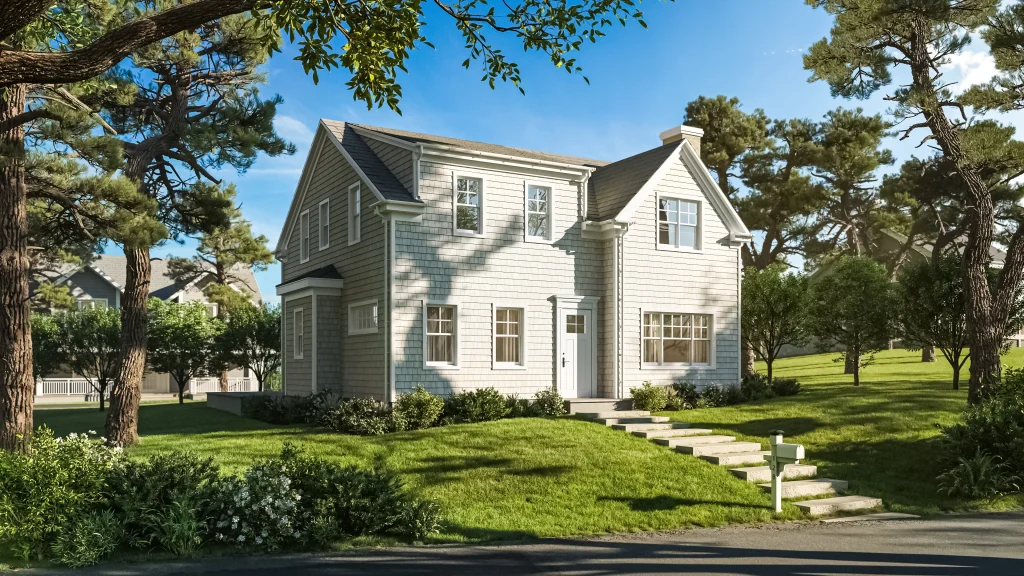
In the world of real estate marketing and property development, 3D rendering has become a critical tool for showcasing both unbuilt and completed spaces. But not all renderings serve the same purpose. One common distinction that developers need to understand is the difference between exterior rendering and interior rendering — and when to use each to maximum effect.
In this post, we’ll break down the key differences, their unique benefits, and how to strategically use both to support sales, planning, and stakeholder communication.

1. What is Exterior Rendering?
Exterior rendering focuses on the outside view of a building or property. It typically includes the architectural façade, surrounding landscaping, lighting, roads, nearby infrastructure, and sometimes environmental context like people, cars, and weather.
🔍 Use Cases:
- Real estate brochures and ads
- Planning and zoning approvals
- Investment pitches
- Public presentations or competitions
✅ Benefits:
- Highlights architectural design and curb appeal
- Shows the building in its actual environment (daylight, sunset, etc.)
- Creates a strong first impression for buyers and investors
2. What is Interior Rendering?
Interior rendering brings the inside of the property to life. It visualizes spaces like living rooms, kitchens, bathrooms, or offices — complete with materials, finishes, lighting, furniture, and décor.
🔍 Use Cases:
- Sales centers and interior design showcases
- Virtual staging for listings
- Customization tools for buyers (e.g., color schemes, furniture layouts)
✅ Benefits:
- Helps buyers imagine daily life in the space
- Demonstrates layout, functionality, and atmosphere
- Supports emotional engagement and personalization
3. When Should Developers Use Each?
While both types of rendering are useful, they serve different stages and goals of a project. Here’s how to think about using them:
| Stage | Use Exterior Rendering | Use Interior Rendering |
|---|---|---|
| Pre-approval / Zoning | ✔ Show compliance with surroundings | ✖ Not usually necessary at this stage |
| Pre-sales | ✔ For brochures, billboards, landing pages | ✔ To help buyers visualize living spaces |
| Customization | ✖ Less relevant | ✔ Essential for unit-specific personalization |
| Virtual tours | ✔ For curb-appeal introduction shots | ✔ Core to the experience |
4. How They Work Together
To truly tell the story of a property, developers should combine both types of rendering. A well-rounded marketing suite might begin with a beautiful exterior image, then transition seamlessly into immersive interior visuals that highlight the lifestyle and comfort the property offers.
Tip: Consistency in design details (lighting, materials, furniture style) between exterior and interior renderings reinforces brand credibility.
Final Thoughts
Both exterior and interior renderings are powerful on their own, but together they create a complete visual narrative. Knowing when and how to use each allows developers to communicate more effectively, sell more confidently, and win the trust of clients, investors, and planning authorities.
Whether you’re preparing for a zoning board meeting or launching a high-end residential pre-sale, choosing the right type of rendering — or the right mix — can make all the difference.
Would you like a comparison infographic or visual checklist to go with this blog? I can help create that too!





